A Hungry Planet: How Carbon Emissions Threaten Food Security for All
Food security is a critical global issue that is increasingly threatened by rising carbon emissions in the atmosphere. Carbon emissions, primarily from burning fossil fuels and deforestation, contribute significantly to climate change, adversely impacting agricultural productivity, food availability, and access to nutritious food for populations worldwide. This article will explore the intricate relationship between carbon emissions and food security, exploring how climate change affects our ability to feed a growing global population.
The United States, historically known for its agricultural abundance, faces a growing challenge: ensuring food security in a world grappling with climate change. Carbon emissions, primarily from burning fossil fuels, disrupt weather patterns, intensify extreme weather events, and jeopardize our ability to produce the food we need. This is not just a future threat; it’s a reality impacting American farms and families today.
Impact of Climate Change on Agriculture
Climate change alters weather patterns, increasing the frequency and intensity of extreme weather events such as droughts, floods, and heatwaves. These changes have profound implications for agriculture, disrupting crop production and reducing yields. According to the Intergovernmental Panel on Climate Change (IPCC), global crop yields are projected to decline by up to 25% by 2050 due to climate change impacts.
Carbon Emissions and Greenhouse Gases
Deforestation, changes in land use, and the combustion of fossil fuels for transportation and energy generation are the leading causes of carbon emissions. Global temperatures rise as a result of these activities’ atmospheric release of greenhouse gases such as carbon dioxide (CO2), methane (CH4), and nitrous oxide (N2O). Methane emissions from livestock production are the leading cause of greenhouse gas emissions from the agricultural industry.
Food Security Challenges
Climate change impacts and carbon emissions pose severe challenges to global food security. Smallholder farmers in developing countries are particularly vulnerable to these changes, as they often lack the resources and technology needed to adapt to shifting climatic conditions. Climate- related food production disruptions exacerbate the situation in regions already facing food insecurity, such as sub-Saharan Africa and South Asia.
The Ripple Effect: From Carbon to Empty Plates
The link between carbon emissions and food security is complex but undeniable. Here’s how it unfolds:
- Disrupted Weather Patterns: Global temperatures rise as greenhouse gases trap heat in the atmosphere. This disrupts long-established weather patterns, leading to:
- Droughts: Increased evaporation rates and reduced precipitation leave farmlands parched, hindering crop growth and yields.
- Heatwaves: Scorching temperatures can stress crops, damage fruits and vegetables, and reduce overall production.
- Flooding: More frequent and intense rainstorms can lead to flooding, erosion, and loss of valuable topsoil, impacting future harvests.
- Rising Sea Levels: Encroaching salt water contaminates freshwater sources used for irrigation, rendering coastal agricultural lands unusable.
- Ocean Acidification: Increased CO2 absorption by oceans acidifies the water, harming marine life, including fish and shellfish, which is crucial for food security.
- Increased Pests and Diseases: Warmer temperatures create ideal conditions for pests and diseases to thrive, further impacting crop yields and requiring increased use of pesticides with potential health and environmental concerns.
These changes have a domino effect. Droughts in the Midwest can drive up corn prices nationwide. Floods in California, a major agricultural producer, can disrupt supply chains and lead to shortages. Farmers and Americans feel the consequences at the grocery store, where food prices are increasingly volatile.
A 2021 report by the USDA (United States Department of Agriculture) [1] projects significant yield declines for crucial crops like corn and soybeans due to climate change. This, coupled with a growing global population, paints a concerning picture of potential future food shortages.
Food Security Disparities: The burden of a changing climate is not evenly distributed. Low- income communities and communities of color often have limited access to healthy and affordable food, making them particularly vulnerable to price fluctuations and shortages caused by climate disruptions.
Mitigation Strategies
Addressing the threat of carbon emissions to food security requires urgent action at both individual and policy levels. Transitioning towards sustainable agricultural practices that reduce greenhouse gas emissions, promoting agroecological approaches that enhance resilience to climate change, and investing in research and development for climate-resilient crops are crucial steps in mitigating the impact of carbon emissions on food security.
A Global Challenge, An American Responsibility:
The United States, as a significant contributor to global carbon emissions, has a moral and economic responsibility to lead the fight against climate change.
Here’s a table outlining the projected impact of climate change on major US crops according to the USDA report:
Crop Projected Yield Decline by 2050
Corn 10%
Soybeans 15%
Winter Wheat 18%
These numbers highlight the urgency of action.
A Call to Action: Powering a Sustainable Future
The good news is that solutions exist. Transitioning to renewable energy sources like solar, wind, and geothermal power is essential to reduce carbon emissions and build climate resilience.
Here are some critical steps the US can take:
- Investing in Renewable Energy Infrastructure: Increased federal and state investment in solar panels, wind turbines, and geothermal power plants can significantly reduce reliance on fossil fuels. Initiatives like tax breaks for renewable energy companies and incentives for individual home solar installations can further accelerate the transition.
- Supporting Sustainable Agriculture Practices: Water conservation techniques, cover cropping, and crop rotation can help farmers adapt to changing weather patterns and reduce their environmental footprint.
- Investing in Research & Development: Funding research into drought-resistant crops, climate-smart agriculture techniques, and alternative protein sources can help ensure long- term food security.
- Building a Climate-Resilient Food System: Strengthening food storage and distribution infrastructure, reducing food waste throughout the supply chain, and promoting local food systems can all contribute to greater food security in the face of climate disruptions.
Conclusion
The food security of the United States and the world is at stake. Climate change is a complex challenge, but it is not insurmountable. By transitioning to renewable energy, implementing sustainable agriculture practices, and taking individual responsibility, we can create a food system
that is resilient and equitable and prepares us for the challenges of a changing climate. It’s time for all of us to take action and ensure a future where everyone has access to safe, nutritious.
Therefore, carbon emissions are a significant driver of climate change, with far-reaching consequences for global food security. As we strive to feed a growing population in a changing climate, we must prioritize sustainable practices that reduce our carbon footprint while ensuring equitable access to nutritious food.
References
- Food and Agriculture Organization (FAO)
- Intergovernmental Panel on Climate Change (IPCC).
- Tsai, W. H. (2019). Modeling and Simulation of Carbon Emission-Related Issues. Energies. https://doi.org/10.3390/en12132531
- World Bank
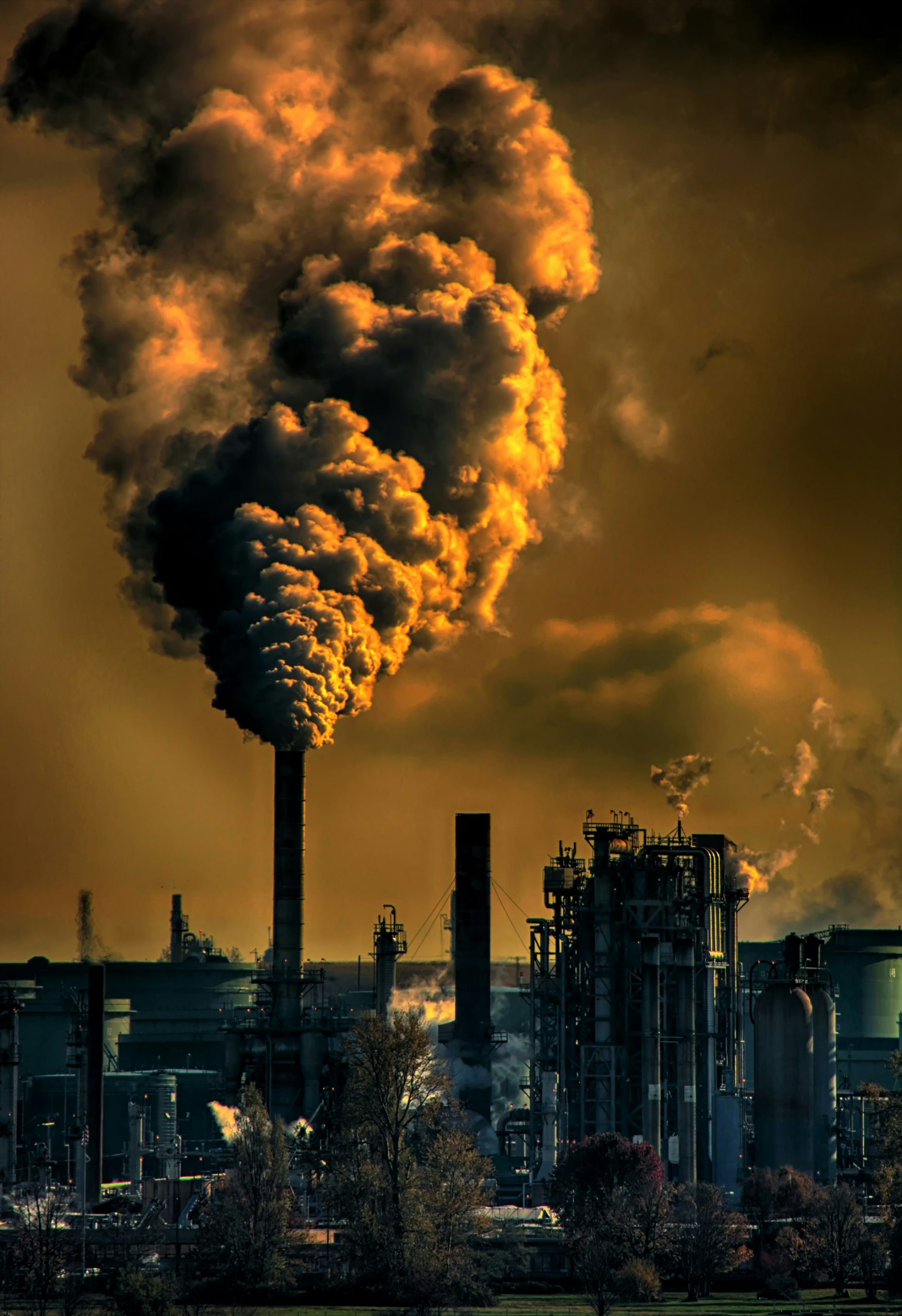
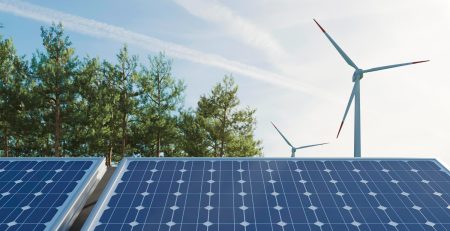
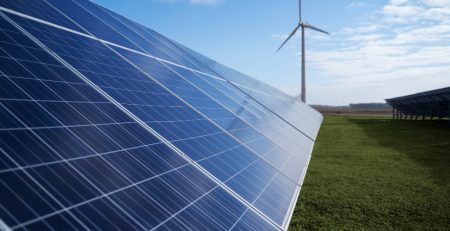

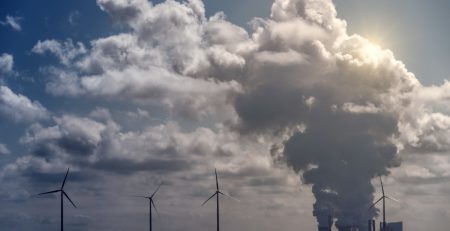



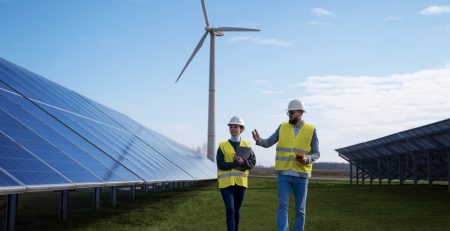


Leave a Reply